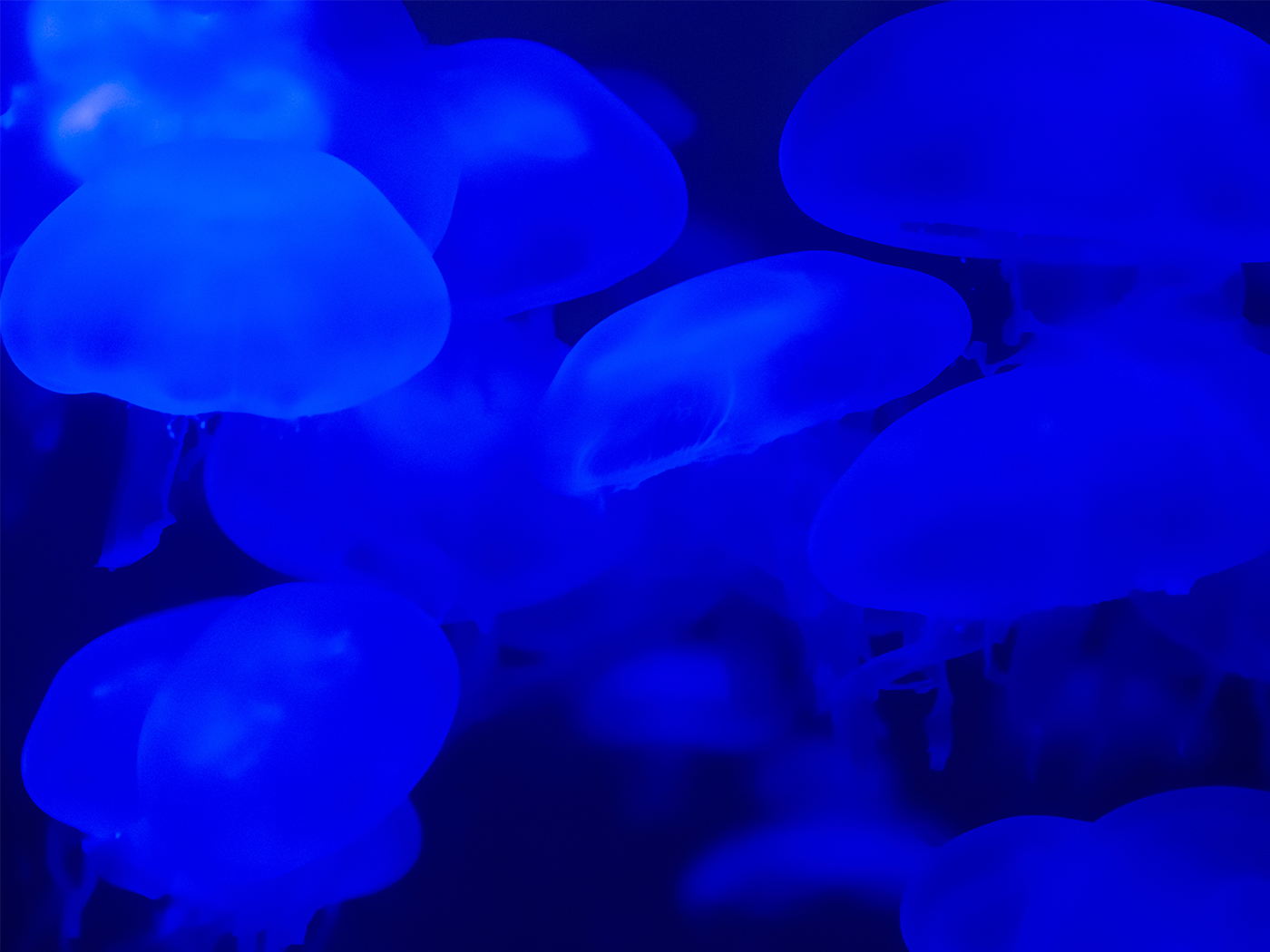We tend to think that some core in each person will somehow, somewhere live forever. Sociologists have been attempting to track down the source of this belief but so far have not been able to separate it from exposure to religious teaching. Now, a new research tactic reveals that belief in an eternal life apart from our bodies is hardwired into each of us, inadvertently confirming the Bible’s message.
Most studies investigating this question ask adult participants about the afterlife, but this new research asked children about prelife—not-yet-born souls.
Natalie Emmons and Deborah Kelemen of Boston University conducted two studies on 283 children from Ecuador.1 They reasoned that survey participants from the jungle lived closer to life and death events and would have biologically based ideas about pre-conception existence, while the Catholic student participants from the city had more exposure to religious teaching that life begins at conception and therefore would “reject the idea of life before birth.”2 Surprisingly, both groups of students maintained that a core aspect in each person lives even without the body.
Children from different backgrounds believe that everyone has prelife emotion and desires. Essentially, then, our tendency to believe in an immortal soul does not explicitly arise from religion—it’s just a part of us. But what does “religion” mean to researchers who would themselves likely ascribe to a form of religious secularism?
Buddhism and Hinduism do not teach that a person exists after death, but instead hold that one’s soul loses personal identity when it eventually merges with the universal “all,” which some call god. Though secularism is a popular religion among scientists, it is materialistic so its adherents believe that when the material body ceases, so do all of its immaterial aspects like volition, intellect, emotions, and desires.
Lead author Natalie Emmons said in a Boston University news release, “I study these things for a living but even find myself defaulting to them. I know that my mind is a product of my brain but I still like to think of myself as something independent of my body.”2 She clearly feels this conflict: Her secular doctrines affirm that her immaterial aspects are merely a product of brain chemistry and thus would not survive after bodily death, but it seems her innate awareness of her own everlasting soul keeps manifesting itself.
Since Hindus, Buddhists, and secularists don’t teach this, what major religions are left that hold to a belief in an everlasting soul or spirit? Clearly, the theistic options remain, including Christianity. And according to Solomon’s ancient book Ecclesiastes, when God made humans, “He [had] put eternity in their hearts.”3 The Complete Jewish Bible translation renders that passage, “Also, he has given human beings an awareness of eternity.”4
If God clearly says He put eternity in our hearts, it’s no wonder that sociologists find it there.
Near that same passage, Solomon asked, “Who knows the spirit of the sons of men, which goes upward, and the spirit of the animal, which goes down to the earth?,” indicating that, unlike animals, our human souls last after bodily breakdown and rise to meet our Maker.5 It appears that scientists are just now confirming what Scripture has said all along about our knowledge of eternity.
References
- Emmons, N. A. and D. Kelemen. The Development of Children’s Prelife Reasoning: Evidence From Two Cultures. Child Development. Published online before print January 16, 2014.
- Moran, B. Boston University Study Examines the Development of Children’s Prelife Reasoning. Boston University news release. Posted on bu.edu January 27, 2014, accessed January 28, 2014.
- Ecclesiastes 3:11
- Stern, D. H., trans. 1998. Ecclesiastes 3:11. In The Complete Jewish Bible. Clarksville, MD: Jewish New Testament Publications, 1077.
- Ecclesiastes 3:21
* Mr. Thomas is Science Writer at the Institute for Creation Research.
Article posted on February 12, 2014.
























